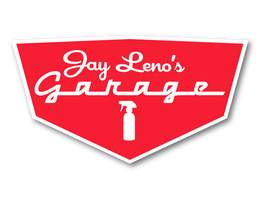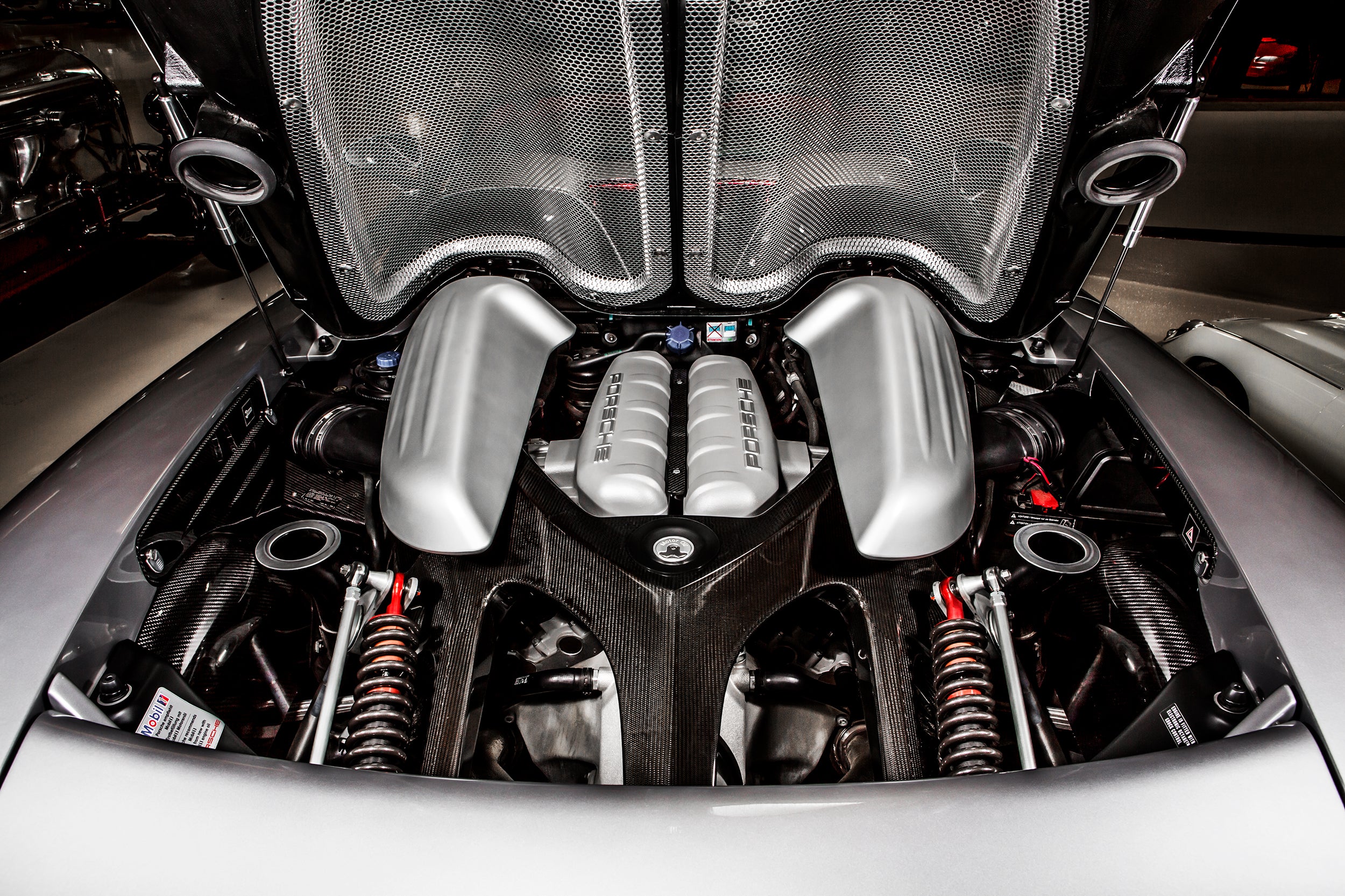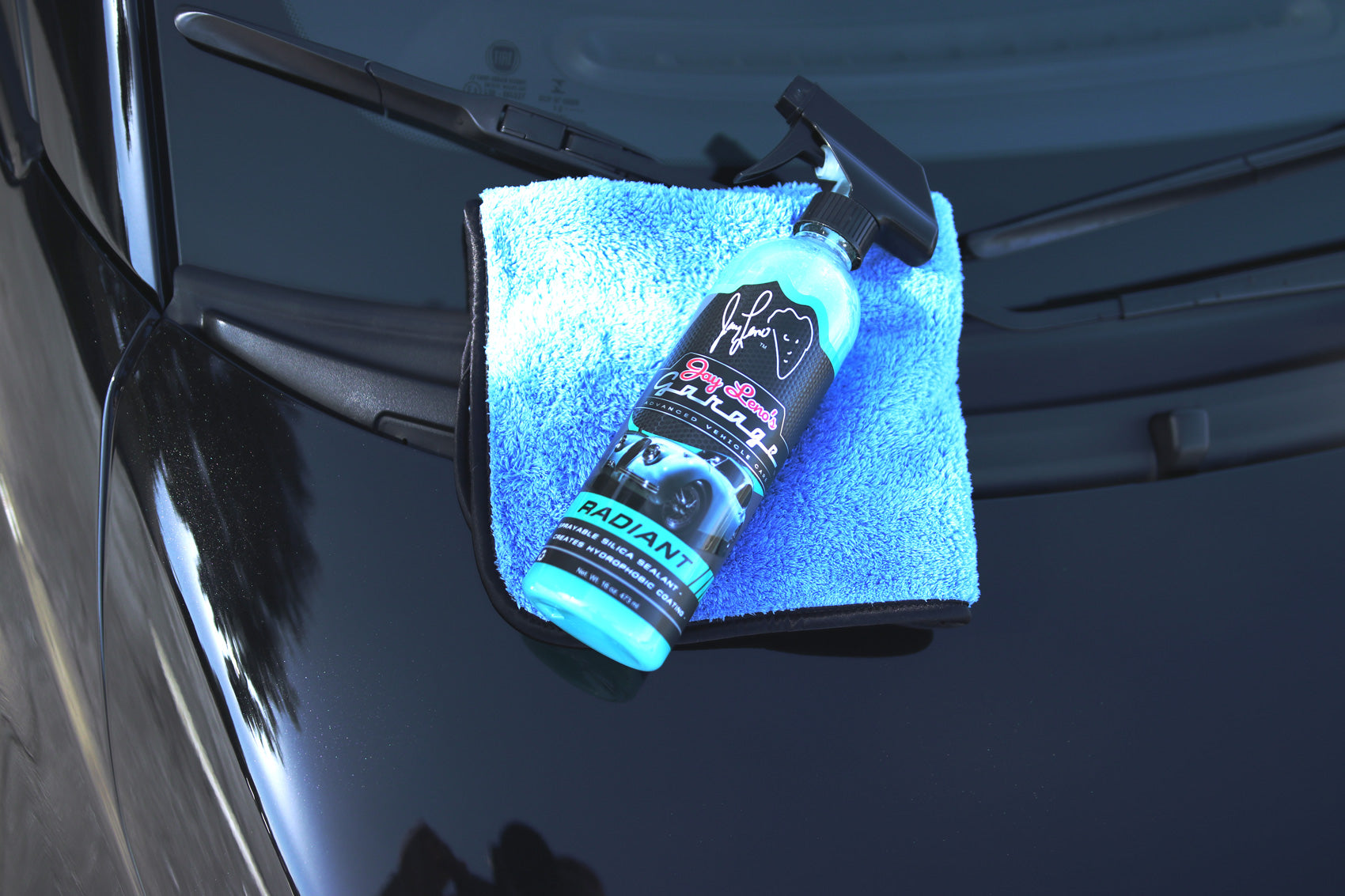Detail Spray, Waterless Wash, Drying Aid, Spray Wax, Spray Sealants… What’s the difference!? On the surface, they all seem very similar. You spray it on, then wipe it off. Are they really all that different from one another? It’s a great question, and one we’d like to address.
In reality, while all of these products are comparable, each of them has a uniquely specific role & function in detailing. In this write-up we’ll go over the individual purposes of each, how they overlap and how to differentiate when you should use one versus the other.
First, a little bit of a history lesson. Spray-on, wipe-off detailing products made an introduction to the automotive world in the early 80’s. It was a detailing spray that changed the way detailers and product development specialists thought about cleaning the surface of a car. Prior to that, soap and water was the primary form of cleaning your car, even if it was only slightly dirty. The advent of spray & wipe detail sprays helped save time and effort when the car didn’t need a full-blown wash.
Fast forward to present day and we now have a myriad of spray and wipe detail supplies that make almost every aspect of detailing just that much easier. As we get into the difference between all of the options, it’s important to address a basic cleaning principle: lubrication. The simple fact is that in order to safely remove dirt and contaminants from your car’s painted surface, you must encapsulate those dirt particles in an appropriate amount of lubrication. Soap is the ultimate form of lubrication, but the options below will help in certain situations where soap isn’t absolutely necessary. Choosing the right product based on the soil level of your paint will ensure the dirt particles are removed safely without scratching or marring your vehicle’s painted surfaces.
So what are they, and how do they work?
Quick detailers:

Waterless wash:
A waterless wash is the next step up from a quick detailer in terms of surface cleaning potential. While detailers are meant for light surface contamination, waterless wash solutions typically contain a higher concentration of emulsifiers (cleaning agents) that make them ideal for cleaning dirtier surfaces. A good waterless wash will have very high lubricity in addition to the emulsifying agents, and they’re typically more viscous. This helps them coat and remove dirt more effectively that detail sprays. They may also contain wax or sealants that will leave protection behind.

Drying aids:

Spray wax:

Spray sealant:
Spray sealants (ceramic or synthetic) are similar to spray waxes and detail sprays. Where they differ is that they rely on a synthetic or silicon-based material to bond to the painted surface and seal it from the outside elements. For best performance and water repellency, we suggest applying a spray sealant to a freshly washed surface that is free of any prior wax applications. This will ensure a proper bond with the painted surface and deliver an excellent amount of protection for months to come.

As you can see, these different spray & wipe products are similar in application. But for many of them, that’s where the similarities stop. Hopefully this write-up clears up some of the confusion, and helps you make the right decision for your needs in the future.




2 comments
Fred Davison
What about the dust brushes? I’ve read that they are bad for your paint because of no lubrication.
What about the dust brushes? I’ve read that they are bad for your paint because of no lubrication.
Sheldon
What about the new ceramic type sprays thats recently being advertized
What about the new ceramic type sprays thats recently being advertized